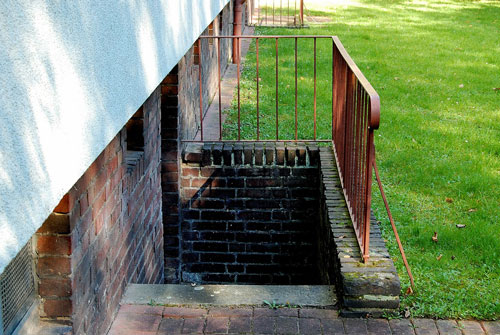
One of the most common problems for homeowners are leaky basements. If waterproofing was not implemented or done correctly, leaks can lead to a series of severe consequences over time. Learning about your basement waterproofing options will prevent this potential costly crisis.
The best time for waterproofing your basement is right after the groundwork is initially constructed. This will effectively assure that you are protected for an extended time. It will also be easier to access and reach into small gaps before they become inaccessible or close up as a result of settling, and become difficult to spot and deal with.
If you own an older house, it is recommended to contact the expert foundation waterproofing contractors at Pro Seal for a thorough and careful inspection of your basement before choosing which waterproofing solution might be best for you.
Exterior Waterproofing:
A common exterior waterproofing process, known as tanking, is the technique where a bonding substance or membrane is applied on the outside the basement walls. Typically the tanking process occurs during the building of your home, especially if the basement is located underground. The house ‘floats’ in the water table surrounding it.
Another exterior waterproofing method for basements is the outer drainage method. In this process, the basement constructed in such a way that its floors slope toward the sump pump of the house – the pump deals with excess water that might otherwise attempt to find a way into your basement. A sealant casing on the floor and walls eliminate any dampness seeping into the basement directly.
Benefits of exterior waterproofing
- Waterproofing keeps water out of the basement walls. Most homeowners only consider interior waterproofing but neglect the exterior. Exterior waterproofing is just as important as water from the outside can end up interacting with insulation, wires, pipes and paints.
- Exterior waterproofing helps protect items stored in the basement. Moist conditions are an enemy to furniture, metal, documents etc, and can lead to irreparable damage. Pro Seal wants to ensure that you use the finest waterproofing products to provide outstanding water damage resistance.
Interior Waterproofing:
Interior waterproofing methods are used to keep water from penetrating into the basement from the foundation. Interior waterproofing solutions typically include sealants on the floor and walls. A well-specified sealant will also be treated to prevent molds and mildew from growing, preventing potential health issues for your family.

Benefits of interior waterproofing:
- Prevents moisture from seeping in from humid or rainy weather.
- Prevents mold and mildew buildup. Various interior waterproofing solutions help maintain a dry environment by creating good ventilation.
